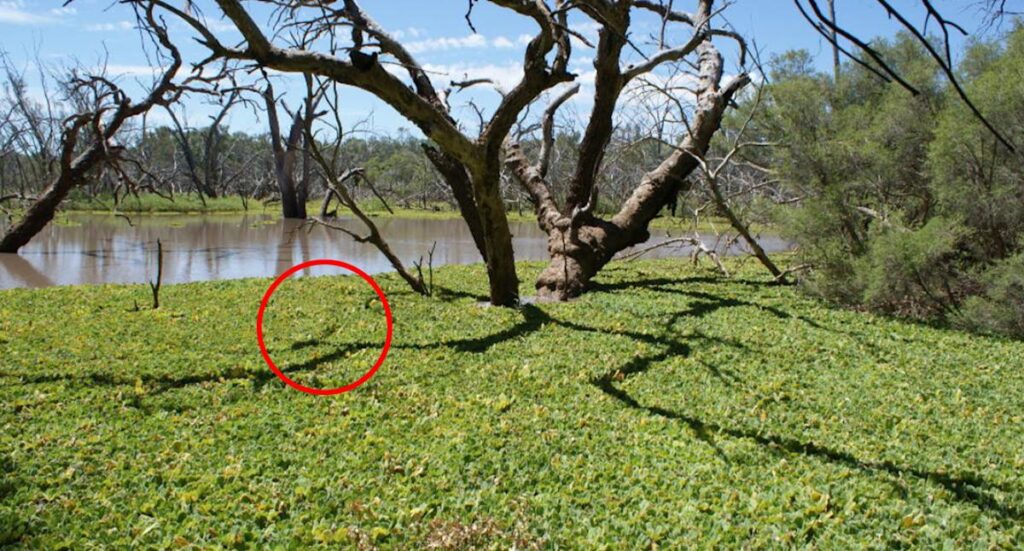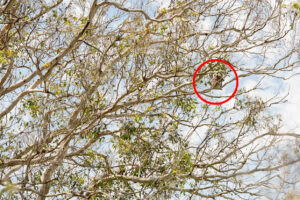
UPDATE: An urgent warning has been issued for Queensland residents to be vigilant against a rapidly spreading invasive weed known as water lettuce, which poses a significant threat to the region’s waterways and native ecosystems. Biosecurity Queensland announced this alarming news earlier today, highlighting the need for immediate action to control this serious aquatic invader.
Water lettuce, a free-floating plant resembling a small head of lettuce, has been wreaking havoc in New South Wales and eastern Queensland. While its origins are unclear, this invasive species was introduced to Australia as an aquarium and garden pond plant. Due to flooding and abandonment, it has flourished in various areas, leading to widespread concerns.
This invasive plant, scientifically known as Pistia stratiotes, prefers slow-moving water bodies and can grow explosively during warmer months. It forms dense mats that obstruct water flow, creating mosquito breeding grounds and preventing essential light from reaching aquatic life. Such conditions can result in diminished oxygen levels, adversely impacting local wildlife habitats.
Authorities confirm that water lettuce is classified as a category three restricted invasive plant under the Biosecurity Act 2014. It is illegal to possess, distribute, or release it into the environment. However, many residents may not be aware of these restrictions, leading to increased risks of spread. A spokesperson for the Department of Primary Industries stated, “Some people keep it as an ornamental and offer it for sale as a pond plant on social media, increasing the risk of spread.”
Residents who encounter water lettuce on their properties are required to take action to minimize its spread. Removal can be achieved by hand for small infestations, but larger outbreaks often necessitate herbicide application for effective control.
In addition to water lettuce, other invasive species like Amazon frogbit have recently been discovered in Australia, heightening concerns over biosecurity. Earlier this year, authorities in Darwin confirmed the presence of this notorious invader after a local reported suspicious plant growth. The property owner, unaware of the invasive plant’s presence, stated that it appeared in their pond approximately three months ago.
As these invasive species threaten to disrupt ecosystems, residents are urged to stay informed and report any sightings or concerns to local authorities. With fines up to $2,000 for violations related to Amazon frogbit in New South Wales, the importance of compliance is underscored.
For more information on invasive aquatic plants and removal guidelines, residents are encouraged to contact their local government offices. This urgent alert serves as a crucial reminder of the ongoing battle against invasive species in Australia and the role each citizen plays in protecting their environment.
Stay alert, and spread the word!






